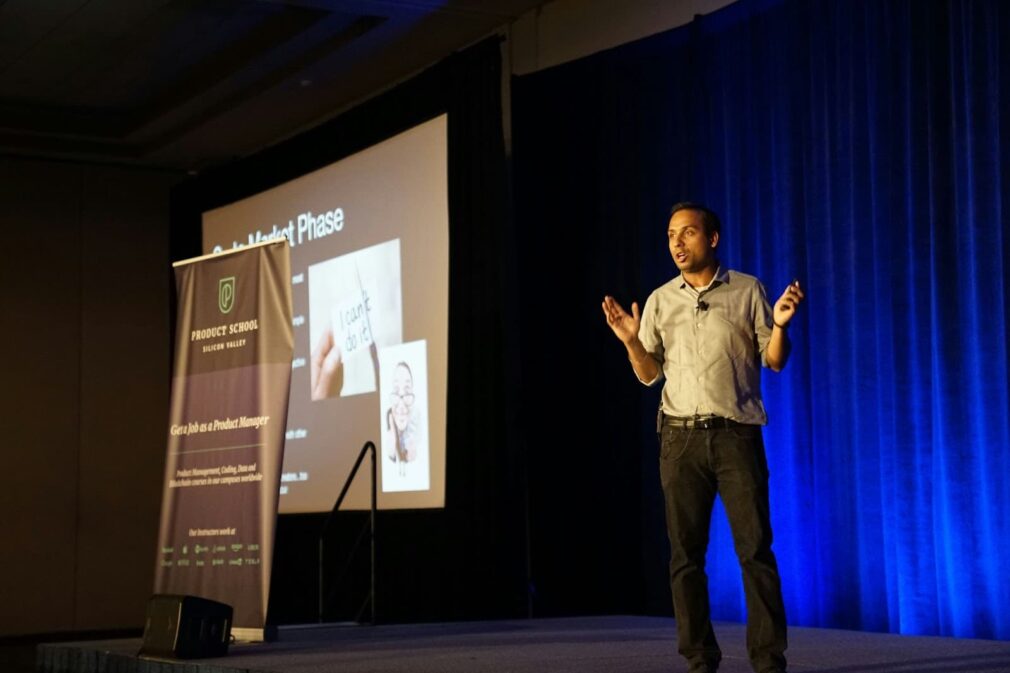Cybersecurity is essential for firms all around the world, and they devote lots of resources into protecting their networks, information and all the digital assets from the emerging threats posed by cyberattackers. Nevertheless, you should also not overlook the physical aspect of security, and specifically, the management of visitors to corporate headquarters and other facilities, which is often left undervalued. It is essential to establish a wholesome security strategy that can protect both physical and software infrastructures.
The Convergence of Hardware and Cyber Security
The digital revolution highlights the blur between physical and digital protection. It was revealed that malfunctions in the hardware may also be the major reasons for vulnerabilities in all the systems, which may lead to cyberattacks. Cyberattacks, in their turn, may lead to physical consequences. When people without appropriate authorized access level could enter the premises, they might compromise networks and install malware, steal gadgets and access confidential data. Because of that, the security department of your firm must ensure the convergence of these domains, which guarantees that the visitor control is not just about monitoring who enters and exits the office locations, but also about safeguarding the firm’s important assets.
Modern Methodologies Explained
Visitor control systems are special instruments that are implemented by the firm in order to sign up, control the visitor flows, help them in navigation and tracking their movement. Old-fashioned methodologies often included manual labor, such as signing the papers by hand, and carrying out the identification by meticulously checking the personas of the people.
Contemporary systems have transformed into multifaceted digital platforms that can grasp all the necessary information about all the individuals who enter the protected area. Besides, they can also help the management personnel by issuing badges, notifying hosts, and maintaining logs in real-time. All these systems can upgrade efficiency, provide better control over visitor flows, and improve the general security of the premises.
In years to come, the evolving tech trend will include even more advancements. For instance, such spheres as AI, ML, cloud solutions, IoT and blockchain will transform lots of industries. Mobile gadgets will continue to serve as IDs and streamline the UX of your guests.
When you decide to introduce advanced VMS, you can also reap the benefits of such cutting-edge functionalities as biometry. It includes identification by retina scanning, image scanning, or taking fingerprints. Besides, you can integrate the calendar systems in order to streamline making schedules and making managing visitor flows easier.
Safeguarding of confidential information may be also boosted by implementing NDAs, by signing which people who enter your facility agree or not agree on disclosing personal information and sharing it with third parties.
Threats at the Doorstep: Assessing Risks
When unknown people appear at your doorstep, bear in mind that they might pose a multitude of cybersecurity risks that your company must address. If you allow unauthorized access to the restricted areas, it may lead to data breaches, intellectual property theft, or sabotage of vital software and hardware systems. The person may inadvertently, or otherwise even deliberately, introduce malware or viruses via the small easily portable gadgets like USB drives or personal laptops that are interconnected with the firm’s networks.
What is more, unfortunately, social engineering attacks are becoming more and more common. Such malicious attackers pose a threat to anyone who is involved in human interaction and is open to discussing sensitive topics regarding the access and protection. Be vigilant and make sure you spread the important information to all the employees who have to deal with sensitive information, so that they would know what they can anticipate and would be ready to prevent their malicious attempts.

Aligning with Defense Mechanisms
For the sake of effective risk mitigation, integrate the control systems with the current protection strategies. First of all, ensure the combining of physical access controls with cybersecurity systems in order to allow for unified monitoring and control over the systems. Besides, it is possible to link network permissions to access ID cards and biometric authentication for a smooth entry experience.
If you integrate control systems with event management infrastructures, you would enable real-time monitoring of all the visitor activities and track them on an ongoing basis. You can also set up alerts and notifications that would be automatically sent to the security department in case of detecting unusual patterns, such as repeated attempts to access prohibited areas or systems.
We recommend you divide all the visitors into different groups based on their access permission levels. Do not also forget to provide two separate Wi-Fi networks in order to isolate unknown guests from corporate networks, which will help curtail the malicious activity of potential attackers.
All external suspicious devices should be either fully prohibited or monitored for the sake of prevention of possible malware introduction. Such activities may include the following: utilization of endpoint security solutions, disablement of USB ports, or providing special pre-registered and sanitized devices for free visitor use.
Beyond all the abovementioned, you should pay attention to constant employee education and training activities. The regular training of your personnel will help you ensure that your staff is able to recognize the social engineering attempts and report them to the relevant department.
